
伤口世界
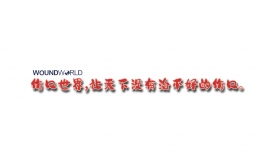
- 星期三, 08 5月 2024
瘢痕癌调强放射治疗一例
李明玉 张波
【摘要】 瘢痕癌(马乔林溃疡)多由瘢痕溃疡恶变而成,临床表现以溃疡经久不愈为主。瘢痕癌的致病因素和发病机制尚未明确,目前的诊疗方案亦尚未达成共识。该文报道 1 例 51 岁女性瘢痕癌患者,其于 25 年前曾有大面积的皮肤烧伤史,于入院前 3 个月发现右侧小腿后上方肿物,局部破溃,难以愈合,经活组织病理学检查确诊为瘢痕癌。患者接受局部调强放射治疗(瘢痕癌病灶 + 转移淋巴结 66 Gy/33F,亚临床病灶 50 Gy/25F),治疗结束后复查 MRI 示肿物较前缩小,随访情况稳定。
【关键词】 瘢痕癌;调强放射治疗;个案报道
Intensity-modulated radiation therapy for scar carcinoma: a case report Li Mingyu, Zhang Bo. Department of Radiotherapy,
The First Hospital of Xingtai, Xingtai 054000, China
【Abstract】
Scar carcinoma (Marjolin ulcer) is mostly derived from the malignant transformation of scar ulcer with its nonhealing as the main clinical manifestation. The factors and mechanisms of scar carcinoma remain elusive. Currently, no consensus has been reached on the diagnosis and treatment of scar carcinoma. In this article, the diagnosis and treatment of a 51-year-old female patient with scar carcinoma were reported. She had a history of extensive skin burns 25 years ago. A mass was found in the posterior upper part of the right calf 3 months before admission, with local rupture and difficulty of wound healing. She was diagnosed with scar carcinoma by biopsy. The patient received local intensity-modulated radiation therapy (IMRT) at 66 Gy/33F for scar carcinoma + metastatic lymph nodes and 50 Gy/25F for subclinical lesions. After local IMRT, MRI showed that the mass was smaller and the patient remained physically stable during subsequent follow-up.
【Key words】 Scar carcinoma; Intensity-modulated radiation therapy; Case report
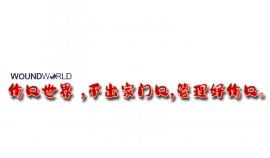
- 星期二, 07 5月 2024
中医药治疗湿疹的研究近况
文章编号:1672-7134(2022)07-0741
中图分类号:R275.9 文献标识码:B DOI:10.16448/j.cjtcm.2022.0741
彭定玉,梁景辉,胡恩宜,杨焕连,刘倩华
广西钦州市中医医院 广西钦州 535019
摘要 湿疹是皮肤科临床常见疾病,目前现代医学对于湿疹的治疗日趋成熟完善,但长期使用西药治疗仍存在一定不良反应。而中医药治疗湿疹历史悠久、经验丰富,可有效改善临床症状、延缓病情发展,具有较好的疗效与安全性。近年来湿疹的中医药治疗研究取得了长足的进展,该文通过文献回顾,从中医药内服、中医药外洗、中成药、中医药提取物方面进行总结,探讨中医药治疗湿疹的临床疗效及作用机制,从而为临床诊疗提供参考。
关键词 湿疹;中医药;综述
Research Status of Traditional Chinese Medicine in the Treatment of Eczema
PENG Dingyu, LIANG Jinghui, HU Enyi, YANG Huanlian, LIU Qianhua
Guangxi Qinzhou Traditional Chinese Medicine Hospital, Guangxi Qinzhou 535019, China
Abstract Eczema is a common clinical disease in dermatology. At present, the treatment of eczema in modern medicine is becoming more and more mature and perfect, but there are still some adverse reactions in the long-term use of western medicine. Traditional Chinese medicine has a long history and rich experience in the treatment of eczema, which can effectively improve clinical symptoms and delay the development of the disease, and has good efficacy and safety. In recent years, the research on the treatment of eczema with traditional Chinese medicine has made great progress. This article will review the literature and summarize the aspects of oral administration of traditional Chinese medicine, external washing of traditional Chinese medicine, proprietary Chinese medicine, and extracts of traditional Chinese medicine, and discuss the clinical efficacy and role of traditional Chinese medicine in the treatment of eczema. mechanism to provide reference for clinical diagnosis and treatment.
Keywords Eczema; Traditional Chinese medicine; Review
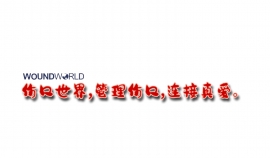
- 星期一, 06 5月 2024
面部埋线提升术后6年出现排线反应1例
黄思琪1,2 于波1 陈办成1
北京大学深圳医院皮肤科,深圳 518035;2安徽医科大学北大深圳医院临床学院,合肥
230032
通信作者:陈办成,Email:该Email地址已收到反垃圾邮件插件保护。要显示它您需要在浏览器中启用JavaScript。
基金项目:深圳市医学重点学科建设(SZXK040)
DOI:10.3760/cma.j.issn.1671-0290.2023.06.021
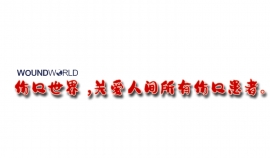
- 星期日, 28 4月 2024
螺旋状脐畸形矫正1例
夏清 朱帧 赵煜韬
浙江省宁波市北仑区滨海新城医院整形科,宁波 315830
通信作者:夏清,Email:该Email地址已收到反垃圾邮件插件保护。要显示它您需要在浏览器中启用JavaScript。
DOI:10.3760/cma.j.issn.1671-0290.2023.03.019
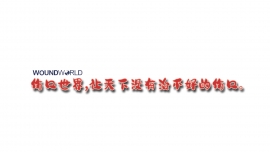
- 星期五, 26 4月 2024
聚丙烯酰胺水凝胶注射隆乳术后并发胸腔内凝胶移位1例
张庆雪 张莹莹 高东程 赵硕 李靖若
郑州大学第一附属医院乳腺外科,郑州 450052
通信作者:李靖若,Email:该Email地址已收到反垃圾邮件插件保护。要显示它您需要在浏览器中启用JavaScript。
DOI:10.3760/cma.j.issn.1671-0290.2023.02.023
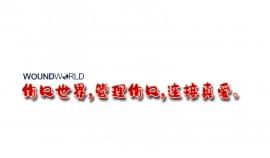
- 星期四, 25 4月 2024
755nm 翠绿宝石皮秒激光治疗口唇部位色素痣1例
任荣鑫 赵红艺
北京医院整形外科 国家老年医学中心 中国医学科学院老年医 学 研 究 院,北 京
100730
通信作者:赵红艺,Email:该Email地址已收到反垃圾邮件插件保护。要显示它您需要在浏览器中启用JavaScript。
DOI:10.3760/cma.j.issn.1671-0290.2023.03.020
